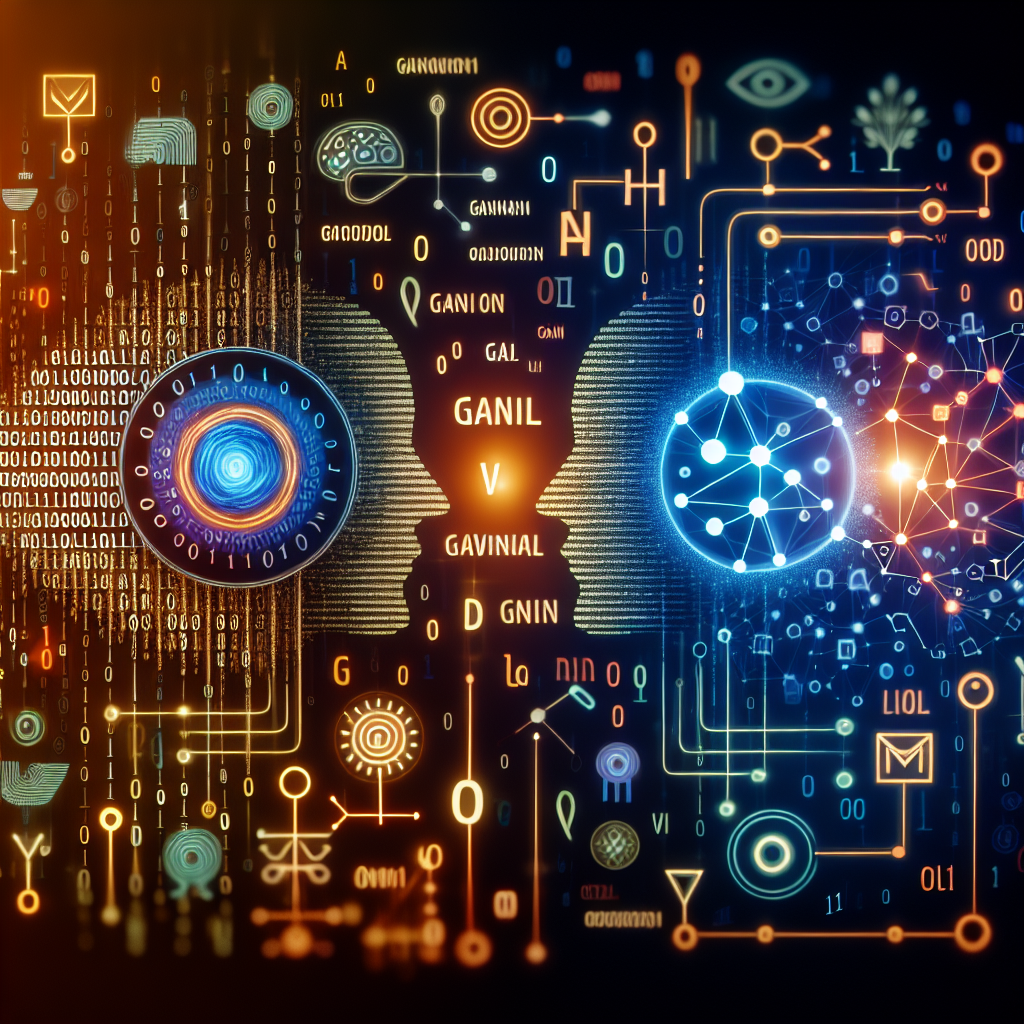Natural Language Processing (NLP) has made significant advancements in recent years, allowing machines to understand and generate human language. However, there are still challenges in accurately generating natural language text. One approach that has shown promise in enhancing NLP tasks is the use of Generative Adversarial Networks (GANs).
GANs are a type of neural network architecture that consists of two networks – a generator and a discriminator. The generator network creates new data samples, while the discriminator network evaluates the generated samples to determine if they are real or fake. Through a process of competition and collaboration, GANs learn to generate high-quality data that is indistinguishable from real data.
In the context of NLP, GANs can be used to improve language generation tasks such as text-to-text translation, dialogue generation, and text summarization. By training the generator network to produce text that is coherent and contextually relevant, GANs can enhance the quality of generated text and improve overall performance on NLP tasks.
One key advantage of using GANs in NLP is their ability to capture complex patterns and nuances in language. Traditional NLP models may struggle with generating text that is semantically correct and contextually appropriate. GANs, on the other hand, can learn from a large corpus of text data and generate more realistic and human-like responses.
Another benefit of using GANs in NLP is their ability to generate diverse and creative text. By training the generator network on a variety of text samples, GANs can produce text that is not only accurate but also original and engaging. This can be particularly useful in applications such as creative writing, where generating unique and compelling text is essential.
In addition to enhancing text generation, GANs can also be used to improve other NLP tasks such as sentiment analysis, language modeling, and machine translation. By incorporating GANs into existing NLP models, researchers and practitioners can achieve better performance and more accurate results.
Overall, GANs offer a powerful tool for enhancing NLP tasks and improving the quality of generated text. By leveraging the capabilities of GANs, researchers can push the boundaries of what is possible in natural language processing and create more sophisticated and advanced language models. As the field of NLP continues to evolve, GANs will undoubtedly play a key role in shaping the future of language generation and understanding.
#Enhancing #NLP #Generative #Adversarial #Networks #GANs #Comprehensive #Guide,gan)
to natural language processing (nlp) pdf


Leave a Reply